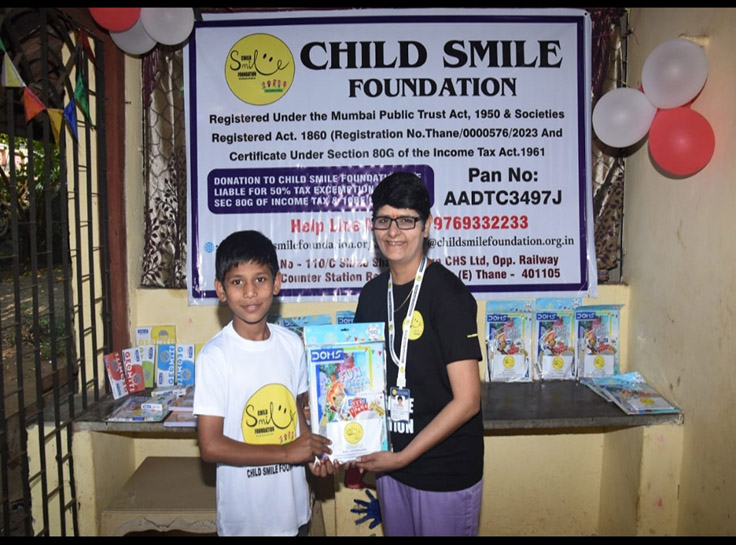
Let us support More Childrens because Every child deserves the chance to achieve their dreams, Unfortunately not every child has access to quality education.By investing in their education, You can make a difference in a child's life by sponsoring their education through Child Smile Foundation. you are investing in their future. With your support, we can help More childrens to break the cycle of poverty and create a brighter future for themselves and our communities. so come Forword become a Partner with us today and give a gift of education!

As per the Survey Annual Status of Education Report (ASER) 2012, 96.5% of all rural children between the ages of 6–14 were enrolled in school. This is the fourth annual survey to report enrolment above 96%. India has maintained an average enrolment ratio of 95% for students in this age group from year 2007 to 2014.
The new estimates by the GEM Report and the UIS show that 244 million children and youth between the ages of 6 and 18 worldwide were still missing out on school in 2021.01-Sept-20


In a society as deeply stratified as India, disparities in education can be observed through various distributions, such as caste, religion and gender, among others.
For scheduled caste and scheduled tribe girls, the gender gap in education is almost 30 per cent at the primary level and 26 percent at the upper primary stage. In India's most depressed regions, the probability of girls getting primary education is about 42 per cent lower than boys, and it remains so even when other variables, such as religion and caste, are controlled.
It will take a bold and creative policy to bridge this gap. Acknowledging this, the Indian Government has made female education a priority. Its flagship programme for the achievement of universal primary education -- Sarva Shiksha Abhiyan (SSA) or "Education for All" -- places special emphasis on female education and the achievement of gender parity.